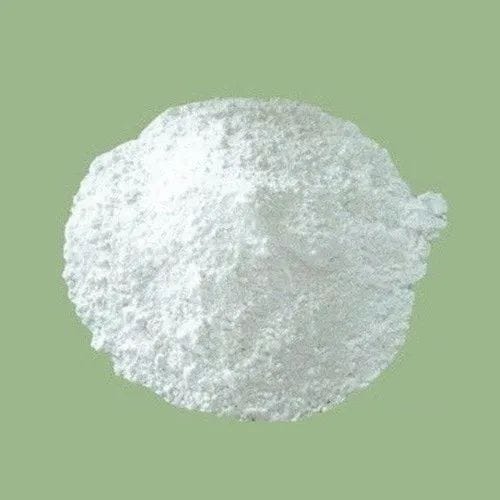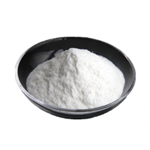Acetaminophen:Synthesis,Uses,Side effects,safe dosage
Jul 25,2024
Acetaminophen is a pain reliever and fever reducer. It is thought to relieve minor aches and pains by elevating the body's overall pain threshold so you feel less pain and lowers your fever by helping your body eliminate excess heat.

Uses
Acetaminophen is most commonly used to treat minor aches and pains, including headache, backache, minor pain of arthritis, toothache, muscular aches, premenstrual and menstrual cramps. It is also commonly used to reduce fever temporarily.
Celanese synthesis
An alternative industrial synthesis developed at Celanese involves firstly direct acylation of phenol with acetic anhydride in the presence of hydrogen fluoride to a ketone, then the conversion of the ketone with hydroxylamine to a ketoxime, and finally the acid-catalyzed Beckmann rearrangement of the cetoxime to the acetaminophen product.
Side effects
The most common side effects are rash, nausea, and headache.
Other important side effects include:
Hypersensitivity reactions
Serious skin reactions
Kidney damage
Anemia
Reduced number of platelets in the blood (thrombocytopenia)
Acetaminophen safe dosage
Acetaminophen controls pain and fever but does not reduce inflammation, as does aspirin and the other widely consumed nonsteroidal anti-inflammatory drugs (NSAIDs) ibuprofen (Advil, Motrin, generics), and naproxen (Aleve, generics). But unlike NSAIDs, acetaminophen does not irritate the stomach and intestinal lining. That means a person who cannot tolerate NSAIDs can still take acetaminophen. It's an important drug for controlling chronic pain in older adults.
The body breaks down most of the acetaminophen in a normal dose and eliminates it in the urine. However, some of the drug is converted into a byproduct that is toxic to the liver. If you take too much — all at once or over days—more toxins can build up than the body can handle.
For the average healthy adult, the absolute maximum daily dose is no more than 4,000 milligrams (mg) from all sources. But in some people, doses close to the 4,000 mg daily limit for adults could still be toxic to the liver. It's safest to take only what you need and to not exceed 3,000 mg a day whenever possible, especially if you use acetaminophen often.
- Related articles
- Related Qustion
- Usage and Side effects of Tylenol Mar 19, 2024
The active ingredient in Tylenol is paracetamol, a widely used over-the-counter analgesic (pain reliever) and antipyretic (fever reducer).
- The mechanism of action of Acetaminophen and its toxicity Mar 7, 2024
Acetaminophen inhibits the synthesis of prostaglandins and is commonly used to treat fever caused by the common cold or flu and to relieve mild to moderate pain symptoms such as headaches and joint pain.
- Polarity of Acetaminophen Dec 22, 2023
Acetaminophen is a poorly water-soluble drug whose solubility in water can be increased by adding cosolvents.
Aspirin is an effective analgesic (pain reliever), antipyretic (fever reducer) and anti-inflammatory agent and is one of the most widely used non-prescription drugs.....
Jul 25,2024APItrans,trans-Dibenzylideneacetone often abbreviated dba, is an organic compound with the formula C17H14O. It is a pale-yellow solid insoluble in water, but soluble in ethanol.....
Jul 25,2024Organic ChemistryAcetaminophen
103-90-2You may like
- The Synthesis and Sources of Insulin
Jul 25, 2024
- The Preparation Methods and Functions of Glutathione
Jul 25, 2024
- Synthesis of Aspirin
Jul 25, 2024
- Acetaminophen
-

- $11.00 / 1kg
- 2024-07-25
- CAS:103-90-2
- Min. Order: 1kg
- Purity: 99% HPLC
- Supply Ability: 300tons
- Acetaminophen
-

- $25.00 / 1kg
- 2024-07-25
- CAS:103-90-2
- Min. Order: 1kg
- Purity: 99%
- Supply Ability: 300tons
- Acetaminophen
-

- $9872.00 / 1Tons
- 2024-07-25
- CAS:103-90-2
- Min. Order: 1Tons
- Purity: 99.99%
- Supply Ability: 100Tons





